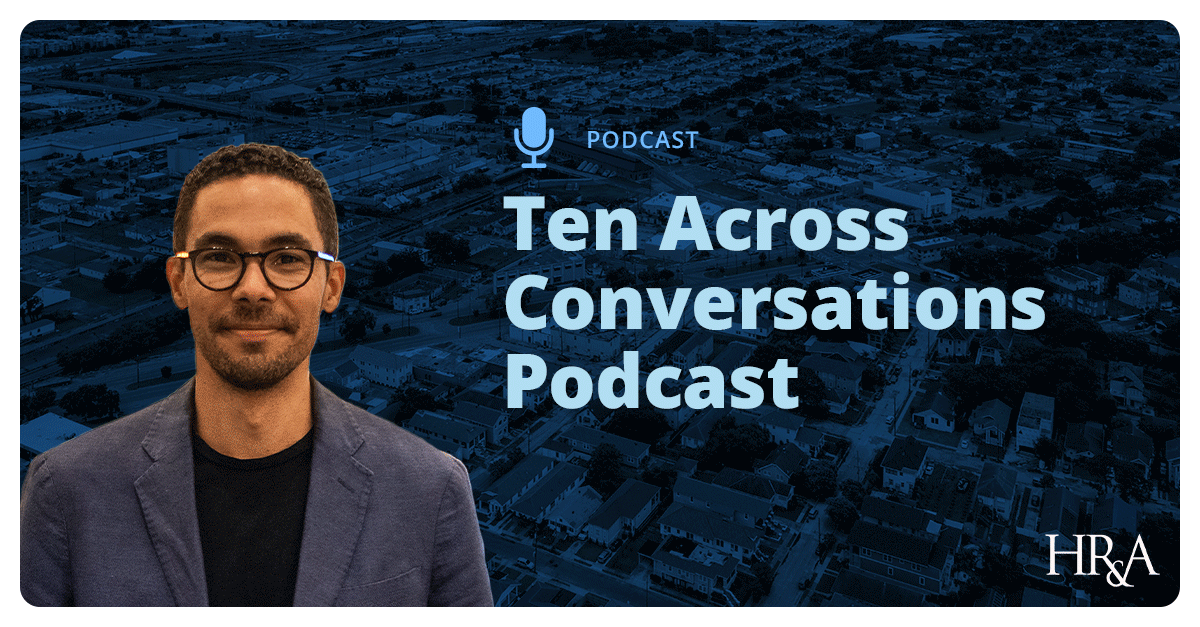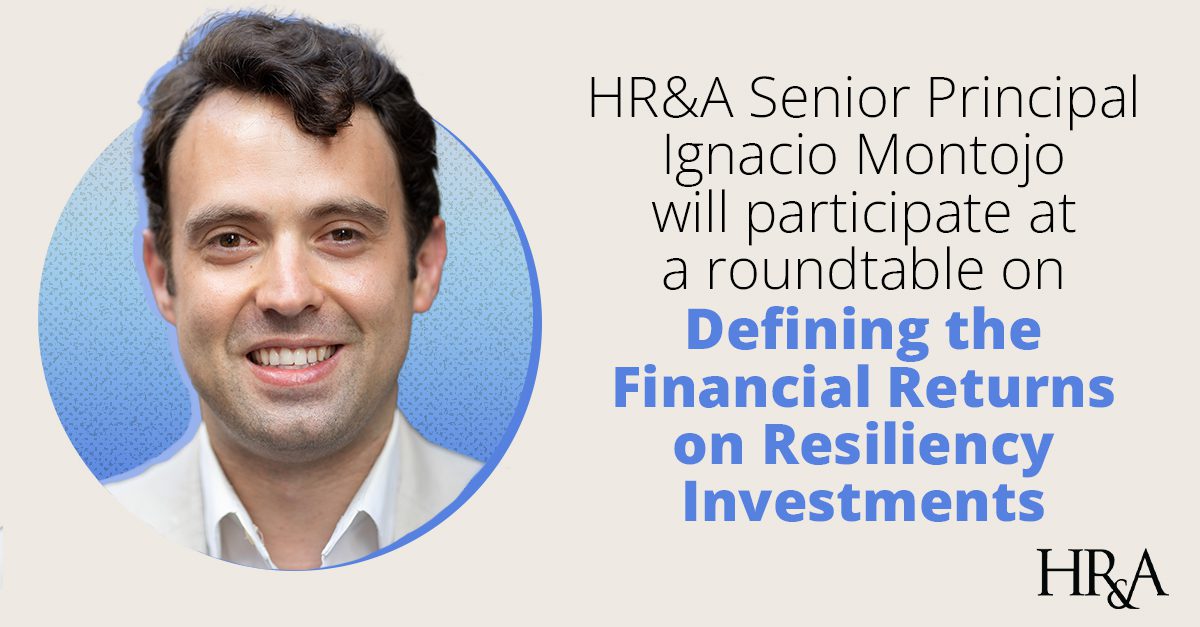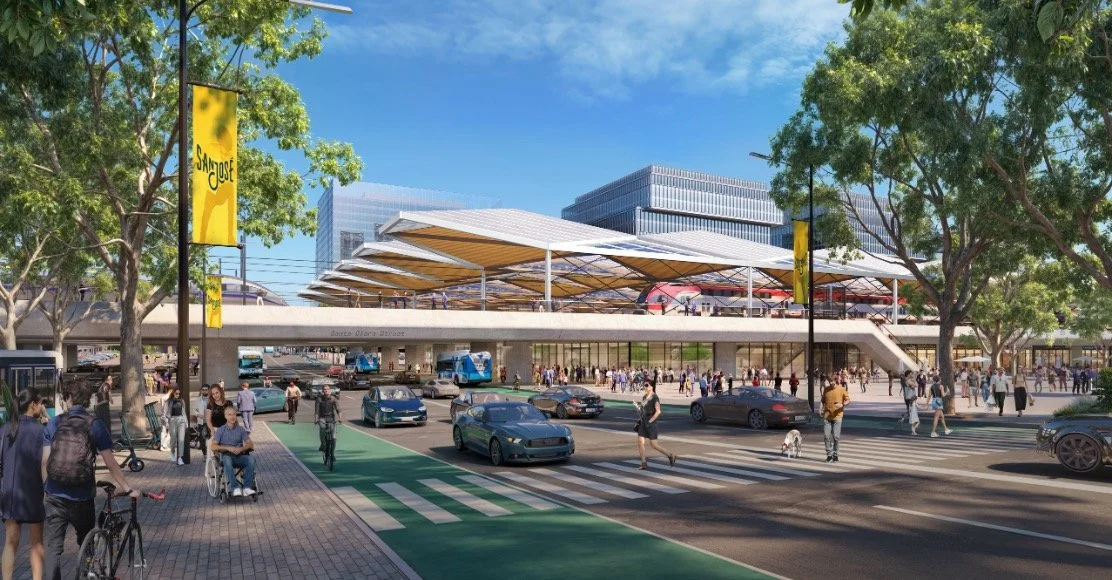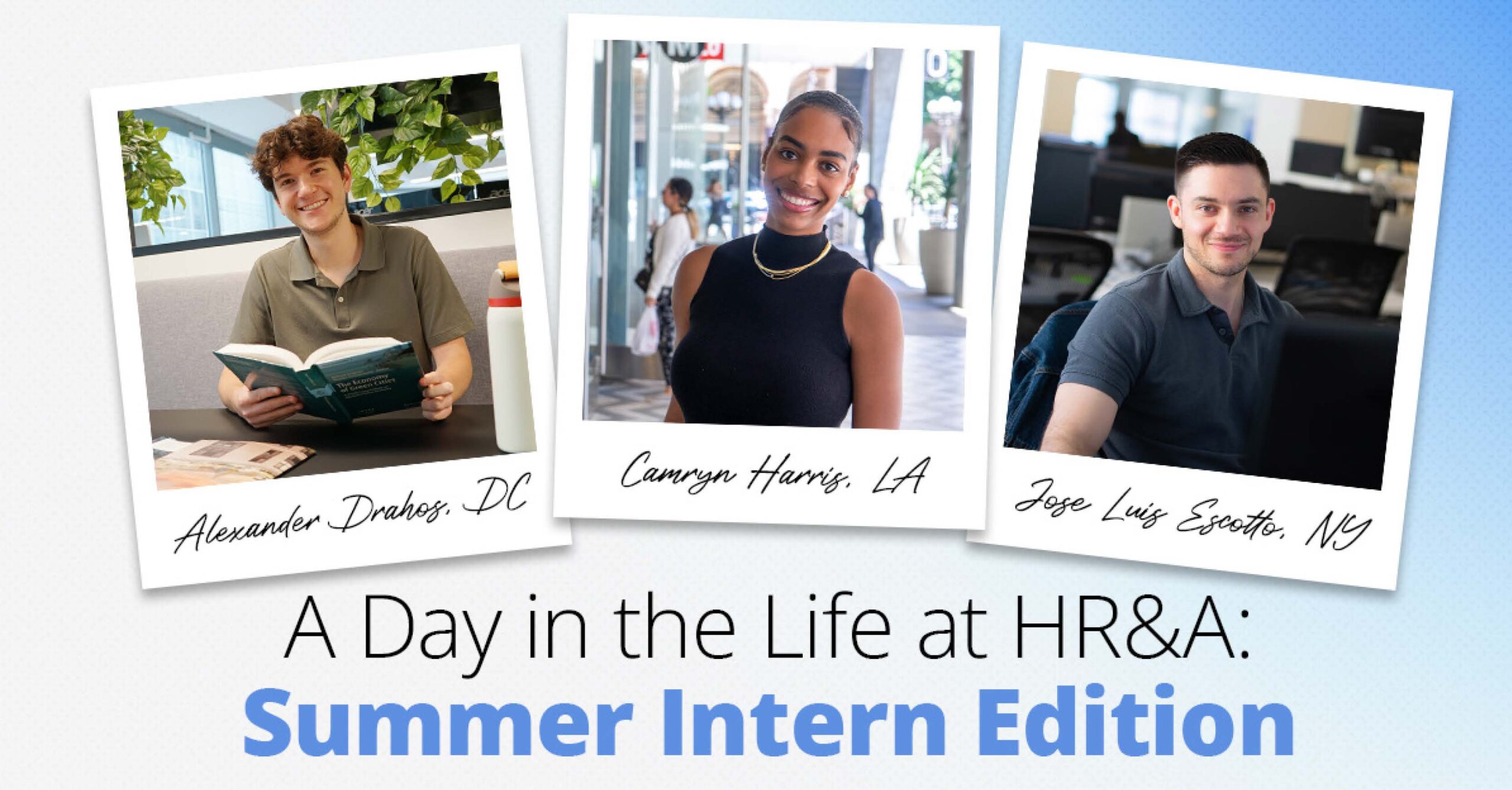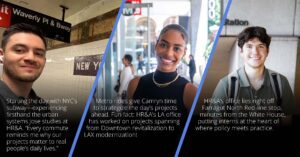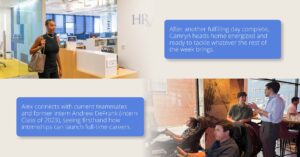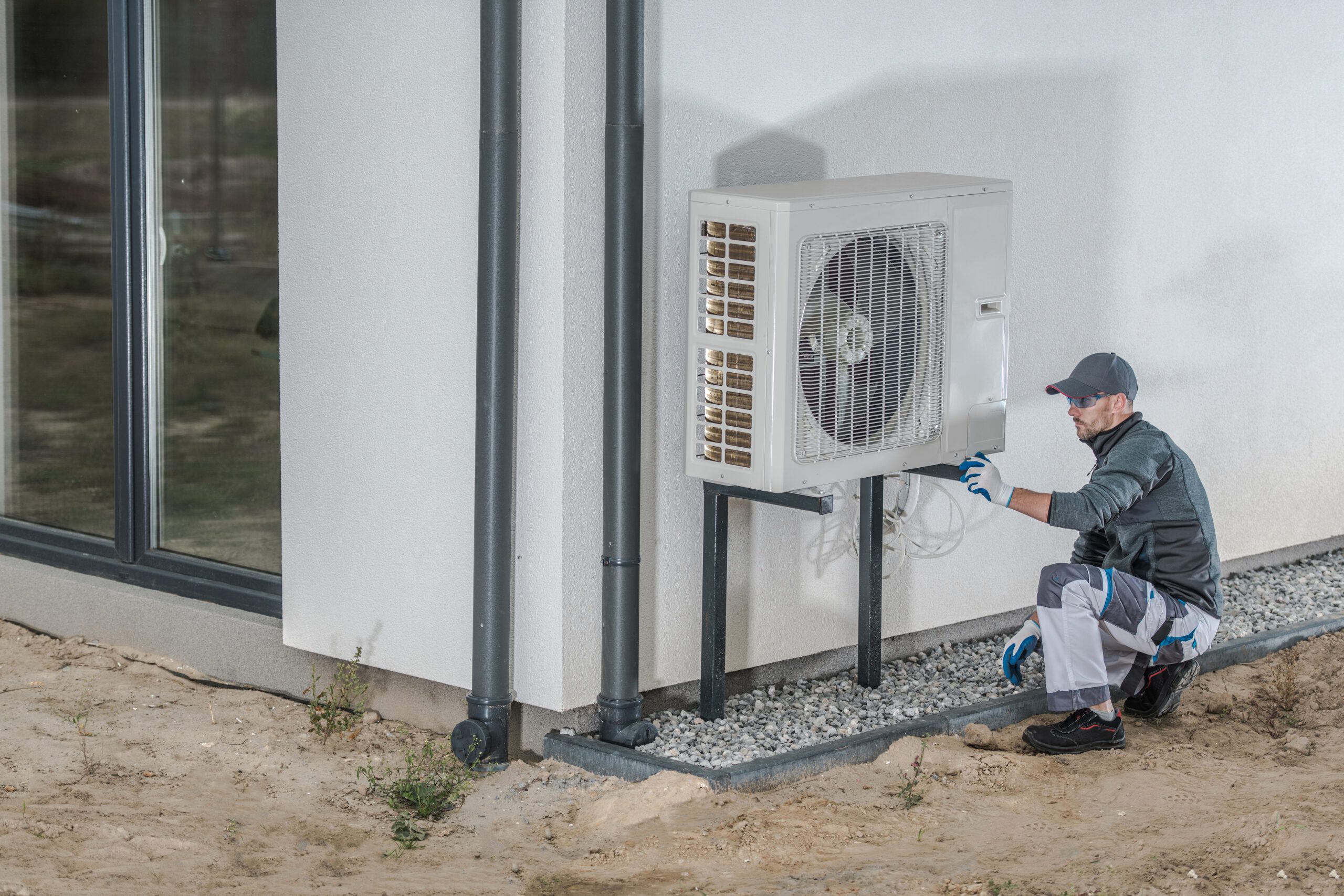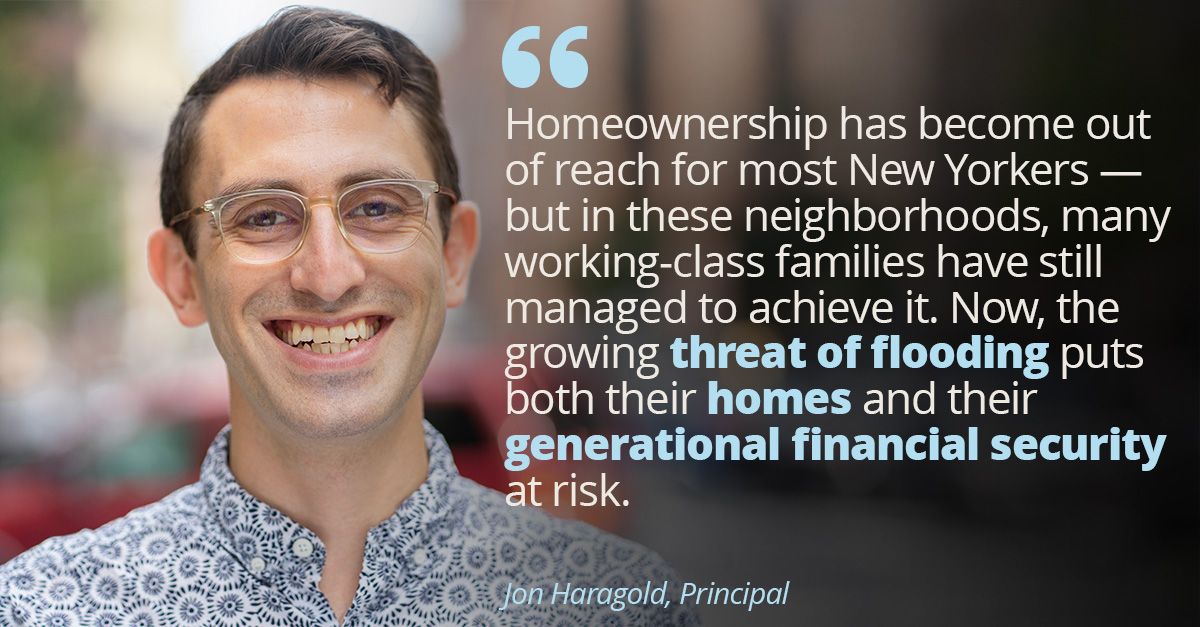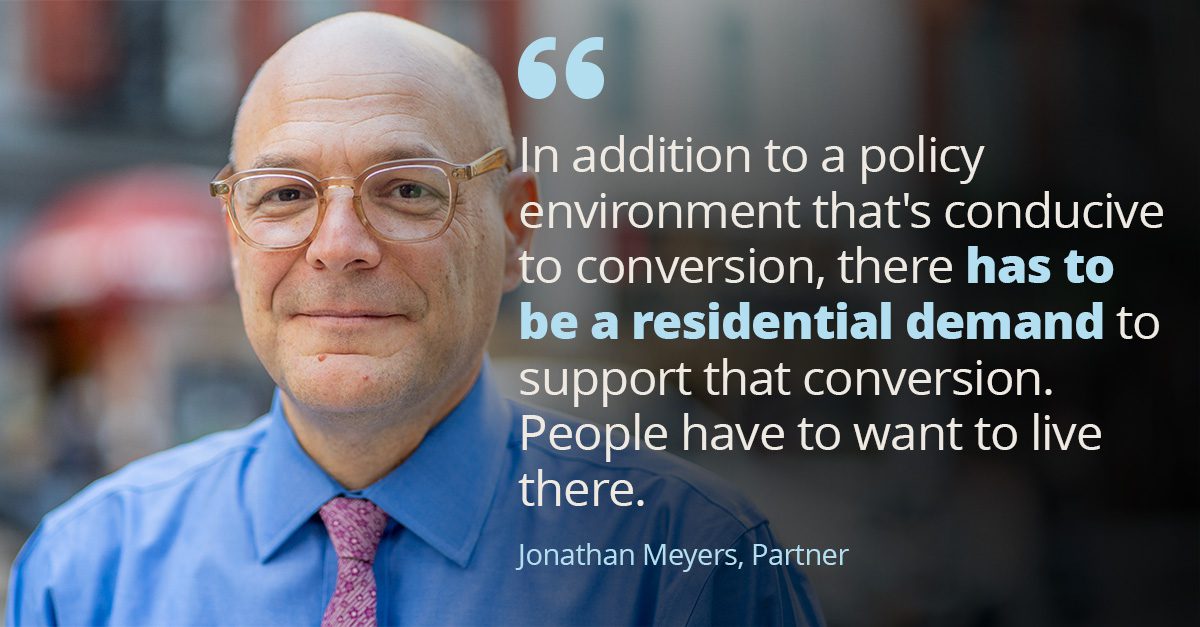- extensive and deep community engagement that began in January 2025
- a park-by-park analysis of conditions and amenities
- an innovative approach to prioritizing spending on improving existing parks and building new parks based on where investments will serve the most people in the highest areas of need
- a thorough analysis of the history of funding for recreation and parks in the City, the causes of the current budget and staffing shortfalls, and a variety of options for increasing revenue and finding savings while improving and expanding the system in the years to come
The draft PNA is informed by the results of a citywide survey of residents and dozens of community meetings across Los Angeles. It evaluates the state of more than 16,000 acres of public parkland in nearly 500 parks as well as over 100 recreation centers and other facilities. It will guide future investment in park infrastructure and amenities to help ensure the city’s park system can properly function and provide safe, clean, enjoyable parks and recreation facilities for all Angelenos.
“We appreciate the input of the thousands of Angelenos who have informed this draft PNA,” said RAP General Manager Jimmy Kim. “We believe it can help guide RAP’s investments, operations, maintenance, and programs for years to come, focusing on the priorities that matter most to our communities. We’re excited to share the draft now and invite feedback from residents as we finalize it.”
LA’s PNA Is State-of-the Art
The draft PNA is a once-in-a-generation effort that has harnessed the best, most up-to-date knowledge and practices in parks planning nationwide. It has employed deep data analysis, extensive and diverse community engagement strategies, an innovative tool for prioritizing investments called PerSquareMile, and a rigorous analysis of past, present, and potential future funding for parks and recreation in LA.
The draft PNA includes a thorough park-by-park and facility-by-facility analysis of RAPs current system. It proposes a system of new park classifications. It sets targets for increased system-wide park amenities. And it defines guidelines for future site planning and community engagement.
“This park needs assessment is truly best in class,” said Jon Christensen, an adjunct assistant professor in UCLA’s Institute of the Environment and Sustainability and Luskin Center for Innovation, who has studied park needs assessment nationwide. “It uses state-of-the-art methods in its analysis of current conditions and finances, as well as in its robust community engagement. And it brings an innovative approach to prioritizing needs that can guide future investments to serve the most people in highest need across Los Angeles.”
RAP’s Budget Is Not Keeping Up with Need
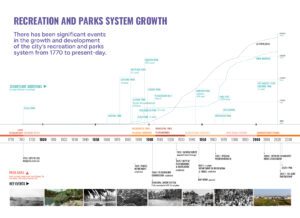
LA parks are popular, but parks funding is lagging behind the growth of the city. The draft PNA found that RAP’s budget has not kept up with the City’s overall budget growth or inflation. RAP’s operating budget grew 35% between fiscal years 2009 and 2023, half the rate of the City’s 68% overall budget increase during the same period. The Los Angeles parks system continues to grow, but faces severe challenges as its workforce shrinks, making it more difficult to maintain facilities, offer programs, and care for parks and open spaces. Full and part-time staff at RAP has decreased since 2008 as park acreage has increased.
Despite parks being a very popular amenity in Los Angeles according to a statistically valid survey of residents, the City spends less on parks than peer cities — only $92 per capita. The Trust For Public Land’s annual ParkScore survey ranks the largest 100 cities in the United States. Los Angeles is currently ranked 90th, largely because of inadequate funding. RAP’s operating budget is funded by the City-Charter Property Tax Revenue Allocation, earned revenue, and the General Fund.
“Most urban park systems across the country have faced funding challenges over the last half century or more,” said Connie Chung, Managing Partner at HR&A Advisors in Los Angeles. “We know parks are valuable assets that have a major return on investment, and the strongest park systems take a multifaceted approach to funding. This PNA offers a roadmap to funding the city’s park system that will help address current needs and improve our parks in the years to come.”
“L.A. has fallen in our national ranking because of inadequate funding for parks and the fact that low-income communities of color have fewer parks,” explained Guillermo Rodriguez, California state director the Trust for Public Land. “This new Park Needs Assessment clearly identifies pathways to solve both of those problems so that L.A. can build back a world-class park system over time. Now we all need to work together to create a new funding streams for recreation and parks in the city.”
The PNA Has a Plan for Measurable Results
While funding is tight and new revenue streams are needed, the PNA is a guide to bring measurable results to LA parks now. The draft PNA proposes a prioritization strategy based on feedback from residents across the city and input from the PNA’s Steering Committee, Neighborhood Councils, a Technical Advisory Committee, Advisory Boards, and interested groups. The prioritization process identifies the areas that most need improvement as well as new and expanded park space. It also provides guidance for operations and maintenance priorities.
“The PNA is a roadmap for how to address the current situation and over time strengthen what can be a world-class park system,” said Jessica Henson, a landscape architect and planner with OLIN, who leads the PNA consultant team.“Nearly a century ago the Olmsted-Bartholomew Plan for Los Angeles proposed 71,000 acres of parkland and numerous strategies to connect parks across the region, but it was never realized, largely due to governance issues. As the Great Depression began and budgets tightened, civic leaders shelved the plan. A century later we are still grappling with a lack of adequate parks and open space in many parts of the city, plus a system that suffers from lack of adequate investment. Today, this PNA brings into focus the priorities and strategies that will enable Angelenos to have the park system they deserve in the 21st century.”
Process
The PNA process included hundreds of opportunities for residents of LA to share ideas and feedback through a variety of engagement methods, including in-person and virtual community meetings, pop-up events, partnerships with community-based organizations, equity-focused events, key group meetings, surveys, and a project website. With a focus on equitable, innovative, and creative community engagement, the process aims to ensure that all voices are heard and valued, using both in-person and digital tools to encourage active participation. The feedback gathered throughout this process will inform future decisions related to park improvements, funding, and new development.
Starting September 1, 2025, the PNA will enter into a 45-day review process before being finalized and presented to the Board of Recreation and Park Commissioners for adoption in December. The public comment period will close October 15, 2025.
For more information, and to stay updated on community events and engagement opportunities, please visit the project website at needs.parks.lacity.gov.
About City of LA Parks
The Department of Recreation and Parks operates around 500 park sites and 92 miles of trails that cover more than 16,000 acres of land in Los Angeles.
The park system includes some of the world’s most iconic parks such as Griffith Park, Sepulveda Basin, Echo Park, and MacArthur Park, as well as hundreds of community and neighborhood parks, Venice Beach, Cabrillo Marine Aquarium, and 12 museums.
Project Team
The project is being led by the City of Los Angeles Department of Recreation and Parks. A Technical Advisory Committee, a Steering Committee, City of LA elected offices and staff, government departments, and organizations that have provided guidance to the project consultant team.
Through a competitive “request for proposal” process, the City selected OLIN and their team includes the subconsultants HR&A Advisors, Kounkuey Design Initiative, Agency: Artifact, The Robert Group, Estolano Advisors, Geosyntec Consultants, GreenInfo Network, Better World Group, Dharam Consulting, Calvada, LANDAU Design + Technology, ETC Institute, and West of West Architecture, and was approved by a unanimous vote of the Board of Recreation and Parks Commissioners in December 2024.
